Course Overview
"Wilderness" is one of the most powerful and appealing themes in American life. The History of the American Wilderness is designed to tell you the story of human interactions with the wilderness beginning with Native Americans and pioneers and continuing to the present.
We will explore the ways that human beings have "treated" the natural world from the days of Indians and pioneer farmers and fur traders to modern wilderness adventurers and environmentalists. We will study modern debates about nature in areas such as energy policy, global warming, and natural disasters.
Our class tells the story of men and women at their most "heroic" -- heroic in the sense of digging deep into themselves to travel far into the wilderness (physically, mentally, and spiritually and then to find the words, paint the pictures, take the photographs, and make the films that nurtured our modern understanding of the American wilderness. In our class we will be the beneficiaries of some of these words, paintings, photographs, and films, as we make an educational journey into the wilderness.
For perspective we will sometimes explore the idea and reality of wilderness in other regions of the world as well as in the United States.
Throughout the course we will visit and revisit these four central themes:
1. Defining Wilderness: Just what is "wilderness" anyway? This may seem like a "no-brainer," but it isn't. I will ask each of you at the beginning of the class to write up your own definition of wilderness. Then we will consider whether there are different kinds of wilderness and different degrees of wilderness.
2. Wilderness Stories: I'll bet this is what particularly interests many of you in this subject -- the stories of men and women confronting the wilderness. These episodes include accounts of explorers, mountain men, Indian captives, hunters, hikers, climbers, and tourists, to name a few.
-- While studying such stories we will also be studying the kinds of "outfits" that men and women carried into the wilderness. Think about it: sometimes we are as excited about a new back pack, or fishing pole, or tent as we are about the actual outdoors where we will be taking that equipment!
-- I will be using a lot of films to illustrate wilderness encounters. Additionally, I'll encourage you to draw on your own wilderness experiences in our discussions and other assignments. (These can be experiences from the past and also hikes and camping trips you take during this fall.)
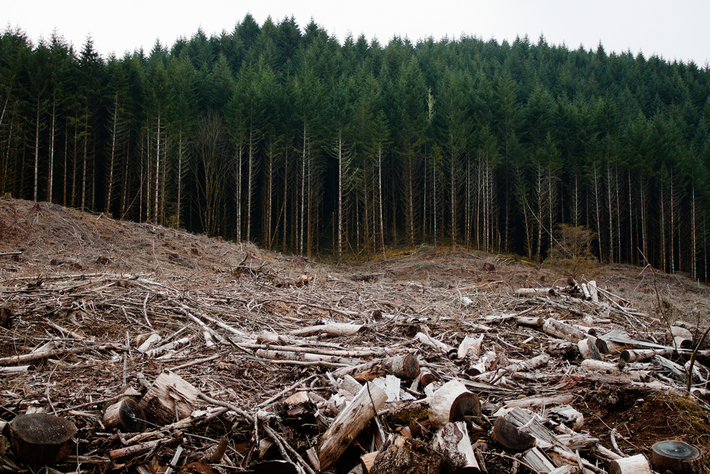
4. Personal Encounters: Last but not least, you will receive credit for something you have already done--experienced nature, whether on a walk through a city park, a back country hiking trip, river rafting, or mountain climbing. In our weekly graded discussions, quizzes, and term paper you will be encouraged to draw on your own experiences in nature to make thoughtful comments about our readings and films. In a sense in this class history will become yourstory and vice versa!
Please bring with you to our class a love of learning, nature, history, reading, film-viewing, and discussion. Be prepared to increase your familiarity with "wilderness" as an important theme in American history. Expect to leave our class with a greater appreciation for actual nature and wilderness. If possible, plan on visiting some natural sites during your free time this fall. There are lots of wilderness areas around Cheney, including Turnbull National Wildlife Refuge just south of town. There you will find coyotes, moose, deer, elk, and possibly even a wolf--oh, my!
Assessment and Grades
You will be assessed on the basis of your work on the quizzes, term paper, and discussions. Each week you will have carefully constructed assignments, encouraging you to build your knowledge and skills as the quarter unfolds.
While teaching my wilderness-oriented, online courses I like to manage some of my postings, discussions, and grading while out in the wilderness myself. Case in point: while recently teaching this class I was in Svalbard, far north of Iceland, deep in the Arctic Circle. The pictures below are from a hike I took across a glacier and up a mountain outside the town of Longyearbyen. I like to think that they make me seem like a rugged guy in rugged country -- suitable for our wilderness theme. But what you don't see is that while I was in remote Svalbard, thanks to the internet, I was still able to keep up with my classes in Cheney! During fall 2019 I will often be "on the road" in various parts of the United States and abroad, posting images, films, and comments and otherwise teaching the class from the great outdoors.
So even if I am far away in geographical space, I will be as close as your computer in cyberspace. I will have on line "office hours," so to speak, at many times throughout the quarter, posting material for the class and answering questions. I will check my email often and do my best to respond quickly to your questions.
By the way, sometimes in my travels while teaching the class, I am "exploring" much closer to home. A few days ago I was testing out a new kayak on the Little Spokane River. Here is a photo shot by my friend and history colleague Professor Larry Cebula:
Each week we will view one film chosen for its ability to take us "into" the wilderness in story and thought. The possibilities are abundant; each film will provide perspective on major themes and events in the class. A few examples are: Never Cry Wold, The Revenant, and Dances with Wolves.
Readings
We have five assigned books in this class. Here is how they are arranged:
First, we have two books that we will be reading throughout the quarter: (1) Roderick Nash's Wilderness and the American Mind -- this is our textbook for the class, providing an overview of our subject; (2) Patrick McManus, A Fine and Pleasant Misery will give us some "light relief" each week with humorous essays on our relationships with wilderness.
Second, we will have three other books, each of which we will read in successive three-week sessions. (1) Bill Bryson, A Walk in the Woods -- a delightful account of hiking the Appalachian Trail, one of the nation's most famous wilderness trails; (2) John Muir, Nature Writings -- Muir was the George Washington of America's wilderness preservation movement, and his many beautiful accounts of wilderness scenes helped build support for wilderness preservation; (3) John McPhee, Encounters with the Archdruid, consists of three reports on meetings in the wilderness between David Brower (the great "tree hugger") and three men who wanted in various ways to "conquer" and utilize nature.
That's the big picture, and now a closer view of each of those books:
Roderick Nash, Wilderness and the American Mind
Until recently a tree was seen, for example, only as an obstacle to farming, as board feet of timber, or as shelter for wild beasts and wild men. In the modern world, of course, we have learned to love trees, animals, and landscapes (whether rugged or pastoral) as valuable for adventure and inspiration -- and valuable also in their own right. Roderick Nash is our guide on that journey.
I want us to read Patrick McManus for "light relief" but also because he is a thoughtful commentator on Americans and their wilderness experiences. At his core he is just as serious, even philosophical, as any other essayist writing about outdoor life. We will read McManus for light relief and also for valuable insights about our relationship to the wilderness.
Fortune favors our course, and as if by design, one of the great actors, directors, and environmentalists of our time, Robert Redford, has released a film based on the book. So it is "now a major motion picture." We will be watching the film along with reading the final assignment in the book.
(Note: these are not in a separate book. They are on line, free of course, with your weekly assignments.)
These are the "Ranger Talks" of History 498, but since I am not an official park ranger, I've adopted the more informal title, "Fireside Talks" for my essays, pictures, and films relating to our subject. While developing this course I have been traveling across the United States by RV and Spyder motor cycle gathering ideas and materials for the class. These talks cover many different kinds of information. Some are essays on important park-related concepts; some are "show and tell" photo- and film-presentations on particular parks. I guess I could just call them lectures, as I would in a face-to-face classroom. But I think "Fireside Talks" is a more interesting title!
Other Online Materials
We will also be reading other materials, ranging from park brochures to newspaper and magazine articles online.
Discussions on Steriods (!)
In a variety of ways, students in our class will function together as a "learning community." We will all be studying the same material, and we will be sharing our ideas and experiences in the discussions. You will learn from one another as well as from your professor and the course assignments. And you will soon find that you have lots to say in our online discussions: about the readings, films, course themes, and your own experiences of the natural world.

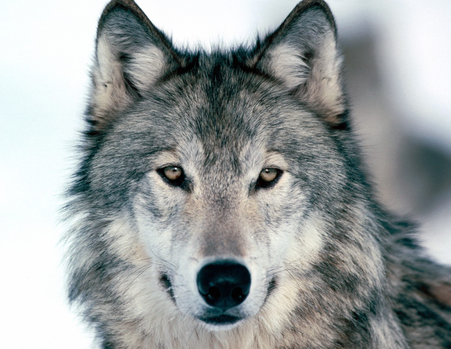
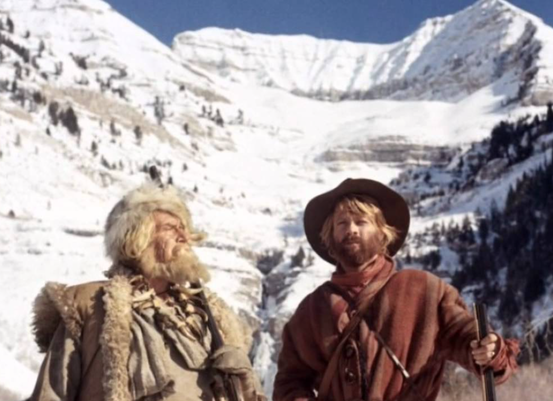
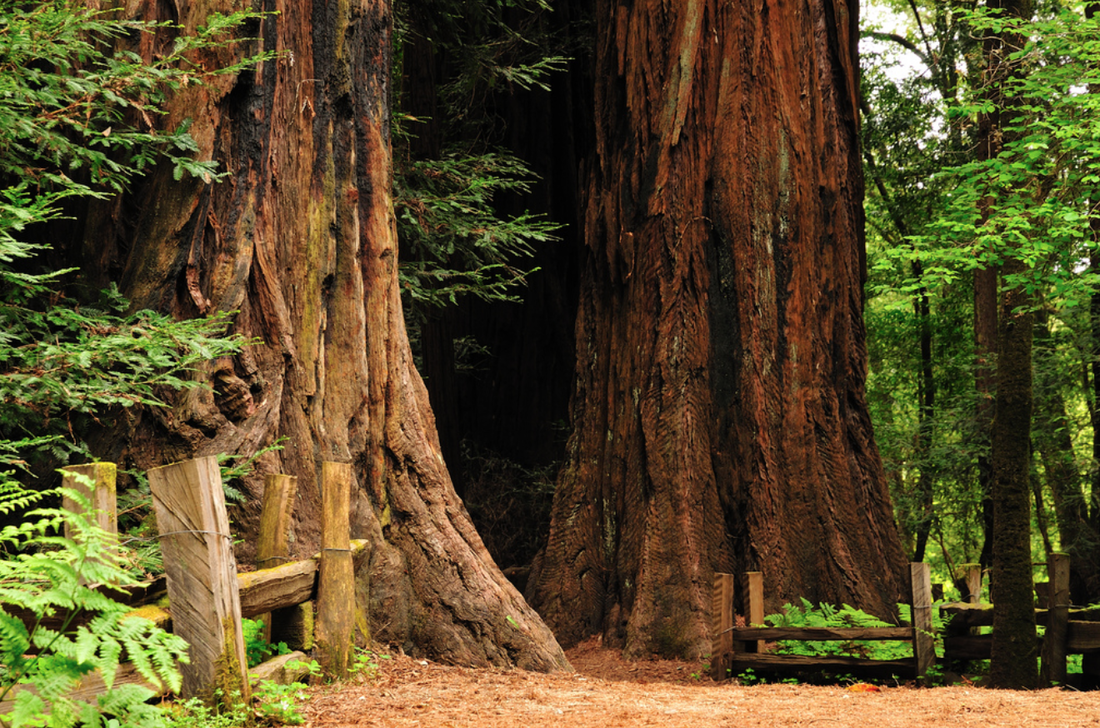
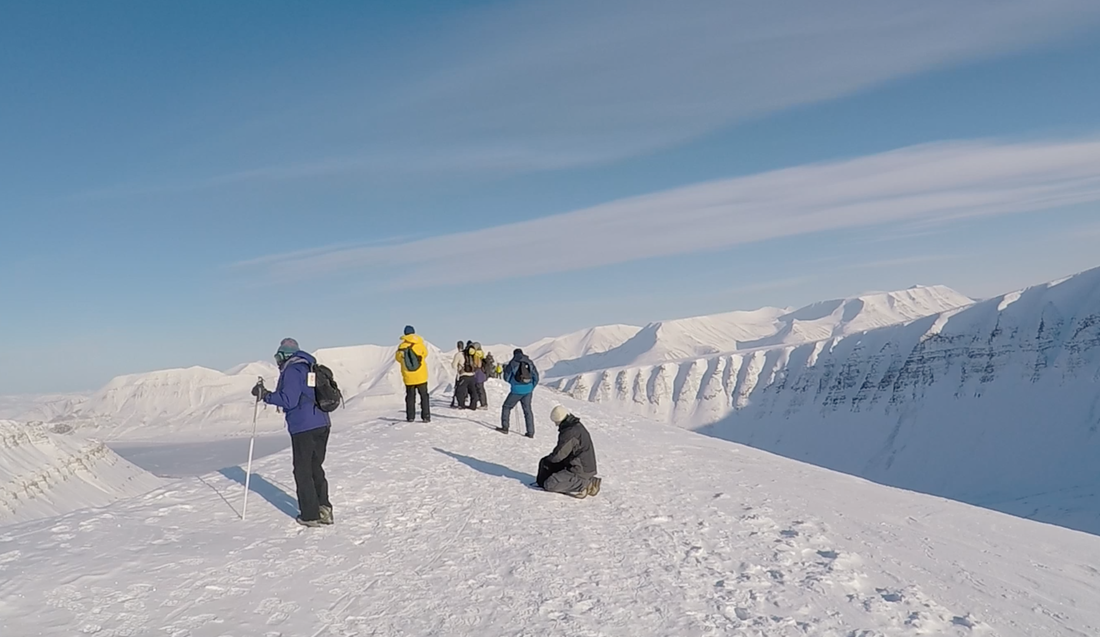
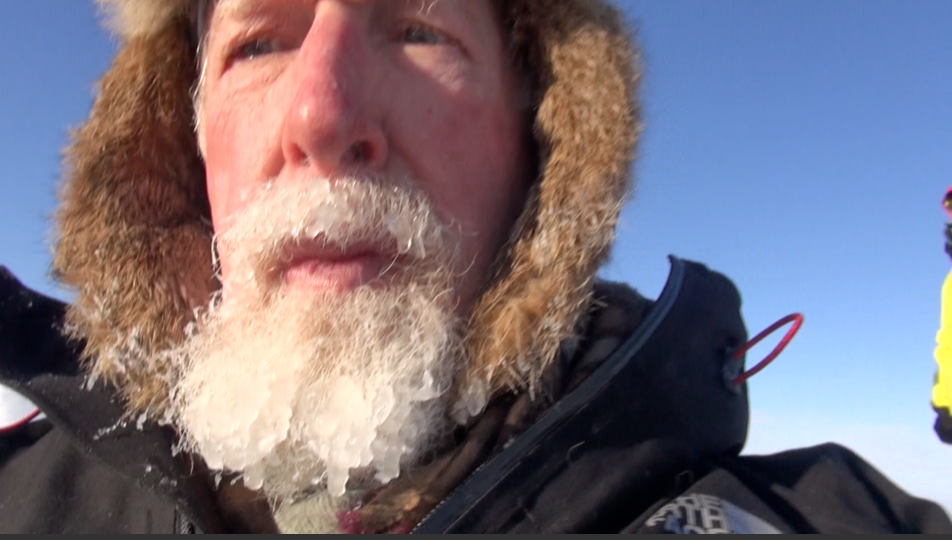
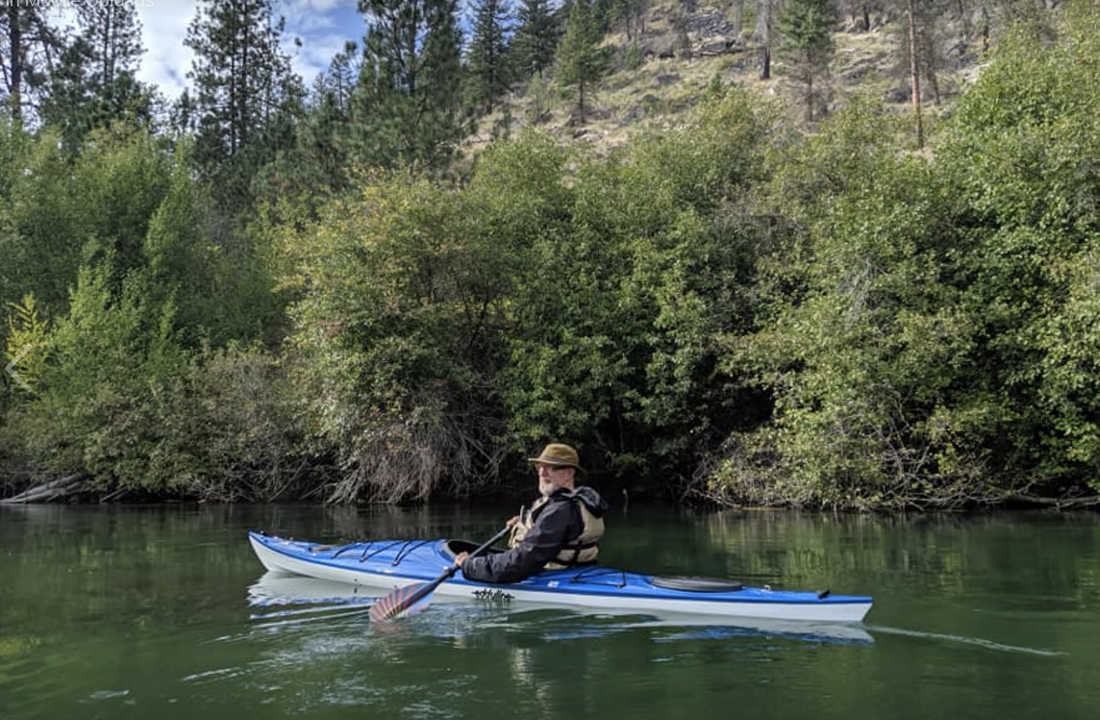
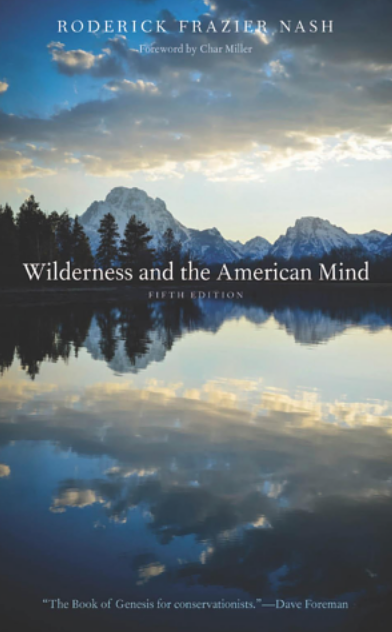
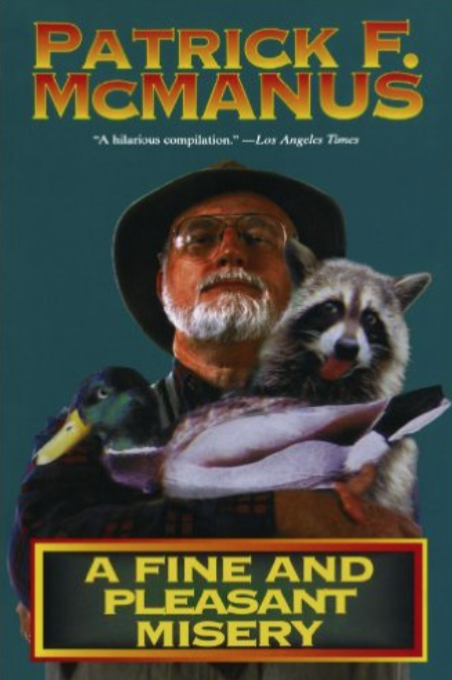
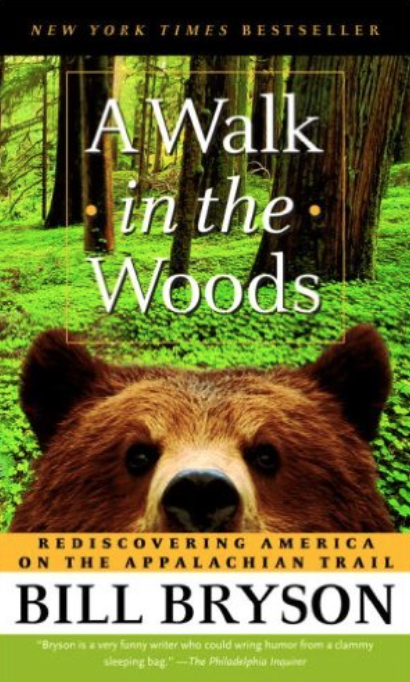
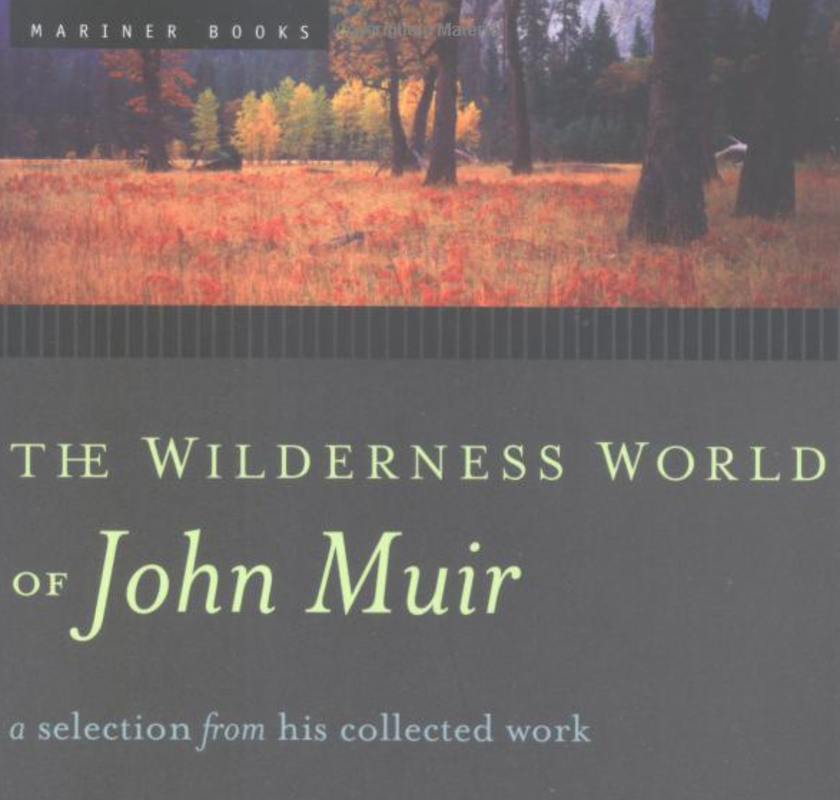
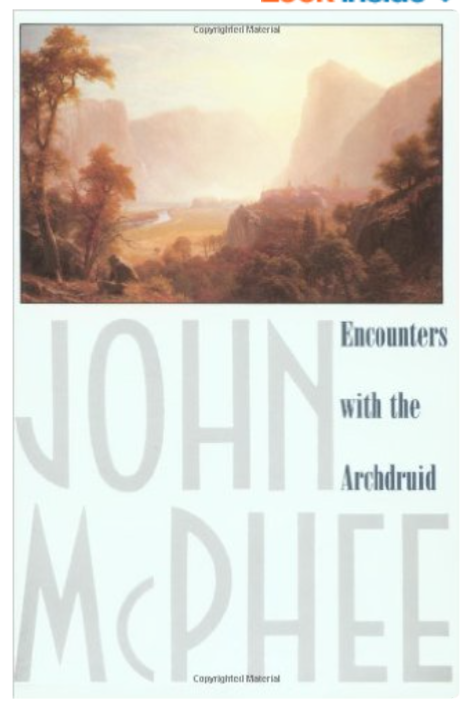
 RSS Feed
RSS Feed